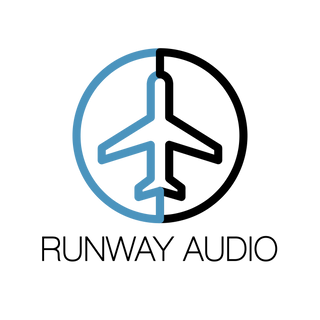Signal Chain Basics

When you’re just starting into building a pedalboard, it’s crazy to look at some of your favorite guitarists boards and think “How does that even work?” or “How did they put that all together?” Let me tell you, that board didn’t just appear. Many guitar players go through multiple boards and many pedals to finally reach the setup they are using now, typically getting more complex with each iteration. But everyone has to start somewhere! And that’s what we are exploring today: the basics of your first signal chain.
The phrase “signal chain” is used to describe the order in which you have arranged the pedals on your board. This is going to be unique for every player. Everyone has different thoughts on the proper order and you can change your pedals around to see what order fits your needs best. But today, I’m going to go through just one way to set up your pedals and a good starting place if this is your first board. I’ll be referencing the pedalboard pictured at the top of the blog. This was a board we got to make for a friend and it is an amazing board with all of the basics.
Tuner
Tuning is a fantastic way to start. This pedal is just going to be essential to almost every pedalboard. You might be able to get by with a clip-on tuner for a while, but you just can’t beat having one on your board. Don’t be the one who is always out of tune. This one can go first so you have that opportunity to tune and mute your guitar right at the front of your signal. We recommend having it at the front-end of your board because drives, fuzz, and reverb can affect the accuracy of your tuning.
Compressor
On the board above, the compressor comes right after the tuner. With your compressor right here, you are going to be able to sculpt the tone of your guitar before it reaches your overdrive pedal(s). Compression is a fantastic tool and can be used for all kinds of tone-shaping. Check out our blog on compression here to learn more about how it works with your signal.
Overdrive and Distortion
When you’re first starting, one overdrive might be enough, or even a double overdrive, like the JHS Double Barrel, will work great. As you continue, you might want to add more overdrives to achieve different sounds and then you can decide where you want to place each overdrive or distortion pedal in your chain. Some people place their low-gain drives first and build from there, but this is up to you and your personal overdrive needs.
Modulation
This is going to be made up of your chorus, tremolo, flanger, and phaser pedals. There are definitely more types of modulation, but those are some of the most common ones. Usually you will want to put modulation after your drive pedals. This way, the pedals are modulating the sound of your signal with the compression and the overdrive already added. When it comes to your signal chain, you have to think about what pedal your signal is going to hit next. People might want their chorus before their overdrive or their tremolo after their delay, but that all comes down to a matter of preference.
Delay and Reverb
Your time-based effects are going to be the last in your chain. As you can see above, we have the Strymon El Capistan running into the Strymon blueSky. These work well in the back-end of your signal chain so they can give the proper effect of an echo or playing in a large room. Feel free to experiment and put these pedals wherever so you can achieve more experimental sounds such as a delay with overdriven repeats.
Cables
You’re gonna need something to wire this board up and Runway Audio is here for every step of the process. We do everything from custom patch cables to building your entire board if you want a professional setup where we handle everything. Feel free to check out the Pedalboard Setups page on our site for more information on that process. On the bottom of this blog you will find our custom patch cables that you can order straight from here.
Overall, there is NO right or wrong way to order your pedalboard’s signal chain. Experiment and try everything to see what you like. You might find some sounds that will inspire your next song or sounds no one has heard before. Your pedalboard is your own and we would love to help out however we can. Feel free to reach out if you ever have any questions.
